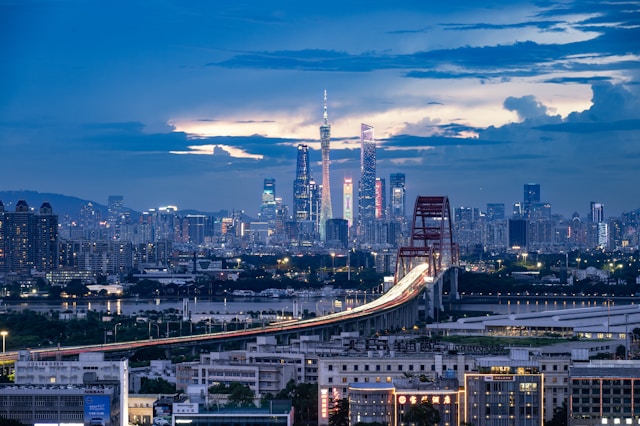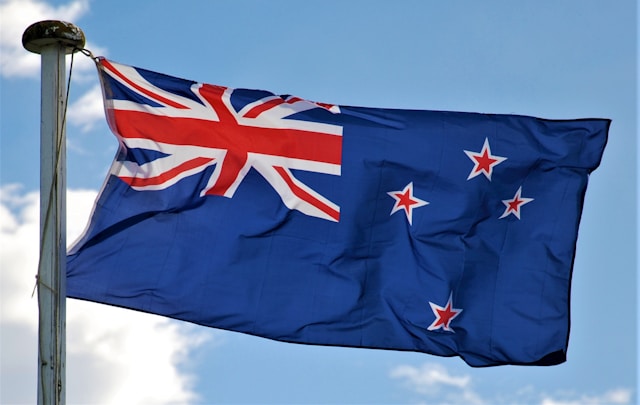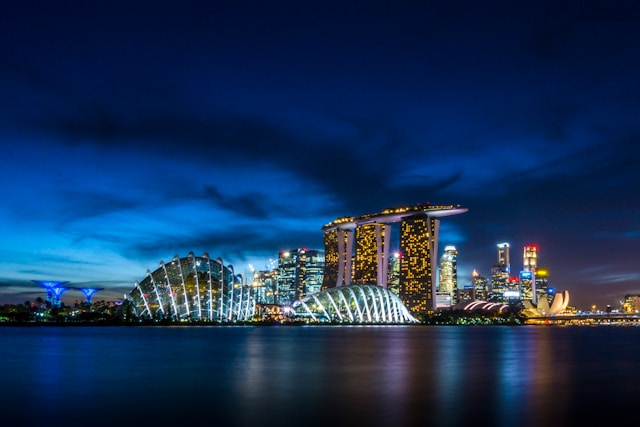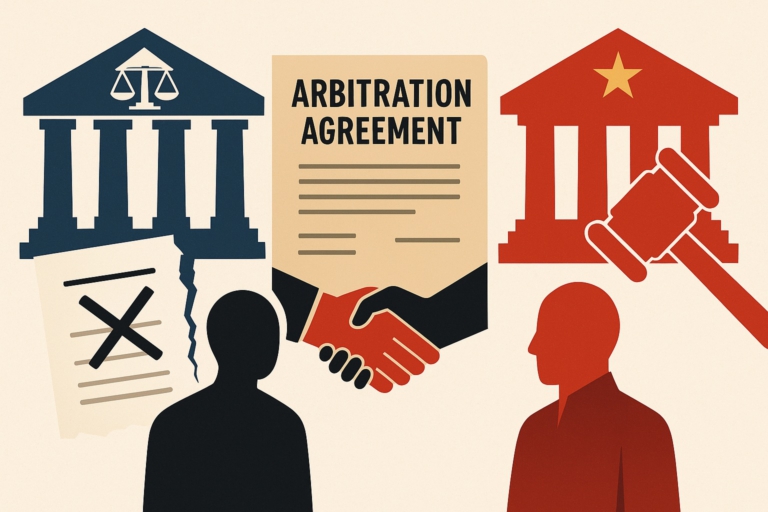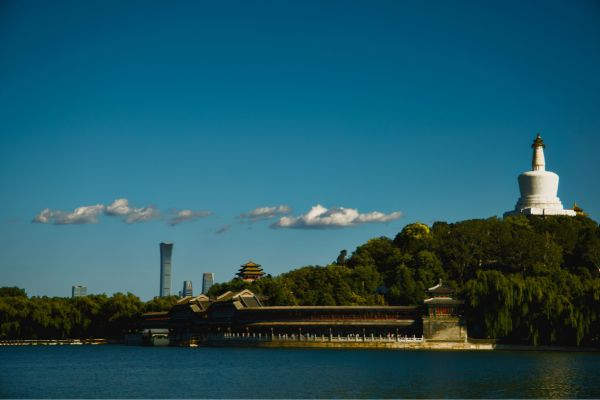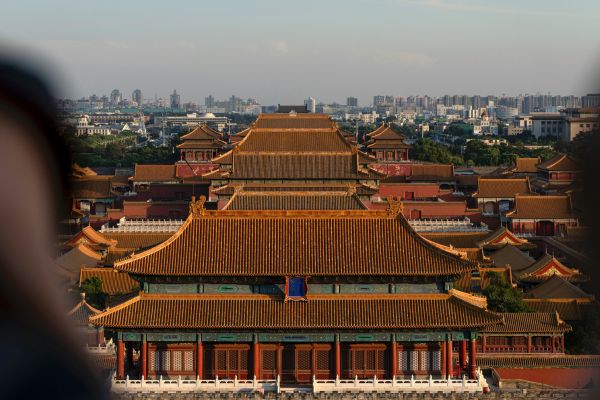
Due to the internationalization of intellectual property right disputes, Chinese companies are more likely to be involved in parallel litigations in multiple jurisdictions around the world thus increasing the risk of Chinese companies encountering anti-suit injunctions.
The article “Exploration and Construction of Anti-suit Injunction System in the Context of International Competition in Intellectual Property Right”(知识产权国际竞争背景下禁诉令制度探索与构建) introduces the cases of Chinese enterprises involved in such anti-suit injunctions. The article was published in “Journal of Law Application” (法律适用)(Vol. 4, April 2014), whose authors are Zhang Xianhua (张先砉) and Yin Yue (殷越). And Zhang serves at Nanjing Intermediate People's Court, which was the first instance court of the case Huawei v. Conversant, where China's first anti-suit injunction was issued ( (See Huawei v Conversant, (2019) Zui Gao Fa Zhi Min Zhong 732, 733 and 734 No 1.).
1. Anti-suit injunction
Anti-Suit Injunction is a restraining order issued by a court against a party within the jurisdiction of this country to prevent the party from filing or continuing a lawsuit in a foreign court regarding the same or similar dispute that has been accepted in the court.
The anti-suit injunction system originated in common law countries. At present, courts of the United Kingdom, the United States, Australia, Canada, Singapore, Germany, France, and other countries and regions have all issued anti-suit injunctions in judicial practices.
China’s anti-suit injunction is actually a kind of conduct preservation.
The first anti-suit injunction issued by the intellectual property tribunal of China’s Supreme People’s Court (SPC) in Huawei v. Conversant was based on the legal provisions related to the preservation of conduct in litigation.
Specifically, the main legal basis is Article 100 of the PRC Civil Procedure Law (CPL), which provides for the preservation of conduct in litigation, i.e., a court’s ruling to “order a party to perform certain acts or prohibit a party from performing certain acts” upon the application of a party. The ruling functions as an anti-suit injunction under Chinese law.
For example, the SPC intellectual property tribunal ordered that
“Before this Court renders the final judgment in the three pending cases, Conversant Wireless Licensing GmbH shall not apply for enforcement of the first instance judgment in the Düsseldorf District Court of the Federal Republic of Germany of 27 Aug. 2020, which ordered the suspension of tort.”
2. Cases involving anti-suit injunctions in IP litigation encountered by Chinese enterprises
In recent years, there have been many anti-suit injunctions issued by foreign courts in foreign-related intellectual property right litigation in China, and the following are non-exhaustive enumerations based on relevant information.
(1) Huawei v. Samsung
In May 2016, Huawei sued Samsung in Shenzhen Intermediate People’s Court, China, and did not apply to that court to enforce its judgment due to an anti-suit injunction.
The injunction was issued by the United States District Court for the Northern District of California, which accepted Samsung’s counter-suit against Huawei right after Huawei’s suit in May 2016, and supported Samsung’s application for an injunction.
Result: Huawei reached a settlement with Samsung.
(2) Huawei v. Unwired Planet
In March 2014, Unwired Planet (UP) brought a lawsuit against Huawei to the High Court of Justice in London, which upheld UP’s application for an anti-suit injunction.
In July 2017, Huawei sued UP and Pan Optis (PO), which was accepted by the Shenzhen Intermediate People’s Court in China.
Result: Huawei withdrew the lawsuit against UP due to the injunction three years ago.
(3) Huawei v. Pan Optis
In September 2017, Shenzhen Intermediate People’s Court accepted the case where Huawei sued Pan Optis (PO).
In September 2017, U.S. District Court accepted the case where PO sued Huawei, but denied PO’s application for an anti-suit injunction.
(4) Huawei v. Conversant
In January 2018, Huawei sued Conversant, which was accepted by the Nanjing Intermediate People’s Court, China.
In April 2018, Conversant sued Huawei, which was accepted by the Düsseldorf Court in Germany.
In November 2019, Conversant appealed against the judgment issued by Nanjing Intermediate People’s Court. The court of second instance was the Intellectual Property Court of the SPC, which upheld Huawei’s application for an anti-suit injunction, marking the first time that a Chinese court has issued an injunction.
(5) ZTE v. Conversant
In July 2017, Conversant brought a lawsuit against ZTE to the High Court of Justice in London, which upheld Conversant’s application for an anti-suit injunction.
In January 2018, ZTE sued Conversant, which was accepted by the Shenzhen Intermediate People’s Court, China.
Result: ZTE withdrew the case brought in China, and reached a settlement in the litigation in the UK.
(6) Xiaomi v. Interactive Digital Corporation
2020.9 Xiaomi brought a lawsuit against Interactive Digital Corporation to the Wuhan Intermediate People's Court, China, which upheld Xiaomi’s application for an anti-suit injunction.
In October 2020, Interactive Digital Corp. brought a lawsuit against Xiaomi to the Delhi High Court, India, which upheld Interactive Digital’s application for an anti-anti-suit injunction.
Editor’s Note: The above six cases are the author’s statistics for cases up to the end of 2020. In fact, the seventh case, a FRAND-related dispute between OPPO and Sharp has emerged in 2021. (See an earlier post for a detailed discussion on Guangdong OPPO Mobile Telecommunications Co Ltd v. Sharp Corp. No. (2020).)
3. China’s Current Approach to the Injunction
The current Chinese responses to the injunction can be summarized as follows.
(1) Refusing to recognize and enforce the foreign anti-suit injunction
According to the PRC Civil Procedure Law, Chinese courts can decide whether to recognize and enforce an anti-suit injunction based on factors such as the impact of the injunction on the public policy of China.
For example, although the Chinese Ministry of Justice once served an anti-suit injunction of the UK court, the Chinese court did not recognize its effect in China.
(2) Ignoring the anti-suit injunction of foreign courts
The author learns from the tribunal in Nanjing Intermediate People’s Court that heard Huawei v. Conversant that since there is no explicit provision for anti-suit injunctions in China’s statutory law, and there are no relevant guiding cases, and the PRC Civil Procedure Law allows parallel proceedings, so the tribunal held that the injunction could not affect the exercise of jurisdiction by Chinese courts and may ignore it.
(3) Issuing maritime injunctions in response to anti-suit injunctions
In the past, Chinese courts mainly encountered anti-suit injunctions issued by foreign courts in maritime disputes.
In 2017, the Wuhan Maritime Court issued a civil ruling against an anti-suit injunction by the High Court of the Hong Kong Special Administrative Region on the application of the parties. In the ruling, the Wuhan Maritime Court, through a maritime injunction, ordered the respondent to withdraw the injunction from the Hong Kong court.
Theoretically, this model may also be applied in the field of intellectual property disputes.
(4)Counteracting the anti-suit injunction with the preservation of conduct system
Maritime injunctions are only applicable to the special maritime field but not to anti-suit injunctions, and the enforcement is relatively weak. Besides, the PRC Civil Procedure Law clearly provides for the preservation of conduct system. As a result, Chinese courts try to counteract the anti-suit injunction of foreign courts with preservation of conduct.
On 23 Sept. 2020, on Xiaomi’s application, the Wuhan Intermediate People’s Court ordered the respondent, Interactive Digital, to withdraw the interim injunction and permanent injunction filed against Xiaomi in the Delhi District Court of India.
Photo by zhang kaiyv on Unsplash
Contributors: Guodong Du 杜国栋 , Meng Yu 余萌
